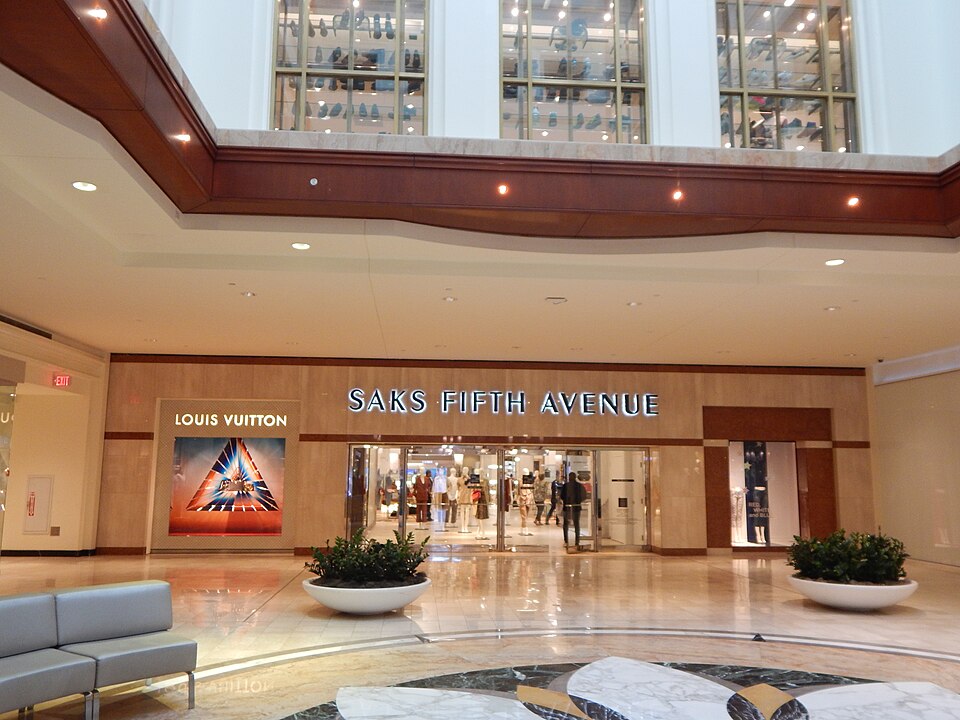Millennials grew up with the internet, smartphones, and the 2008 recession shaping habits that now feel normal to many teens. They pushed texting-first communication, streaming over cable, cashless checkout, and flexible work. They also normalized therapy talk, pronouns in bios, and visible tattoos at work. Boomers often prefer phone calls, paper bills, in-person banking, and office presence. Neither side is wrong, but expectations differ. Here are twelve millennial-era norms that still meet resistance from many Boomers in 2025.
1. Text-First Communication
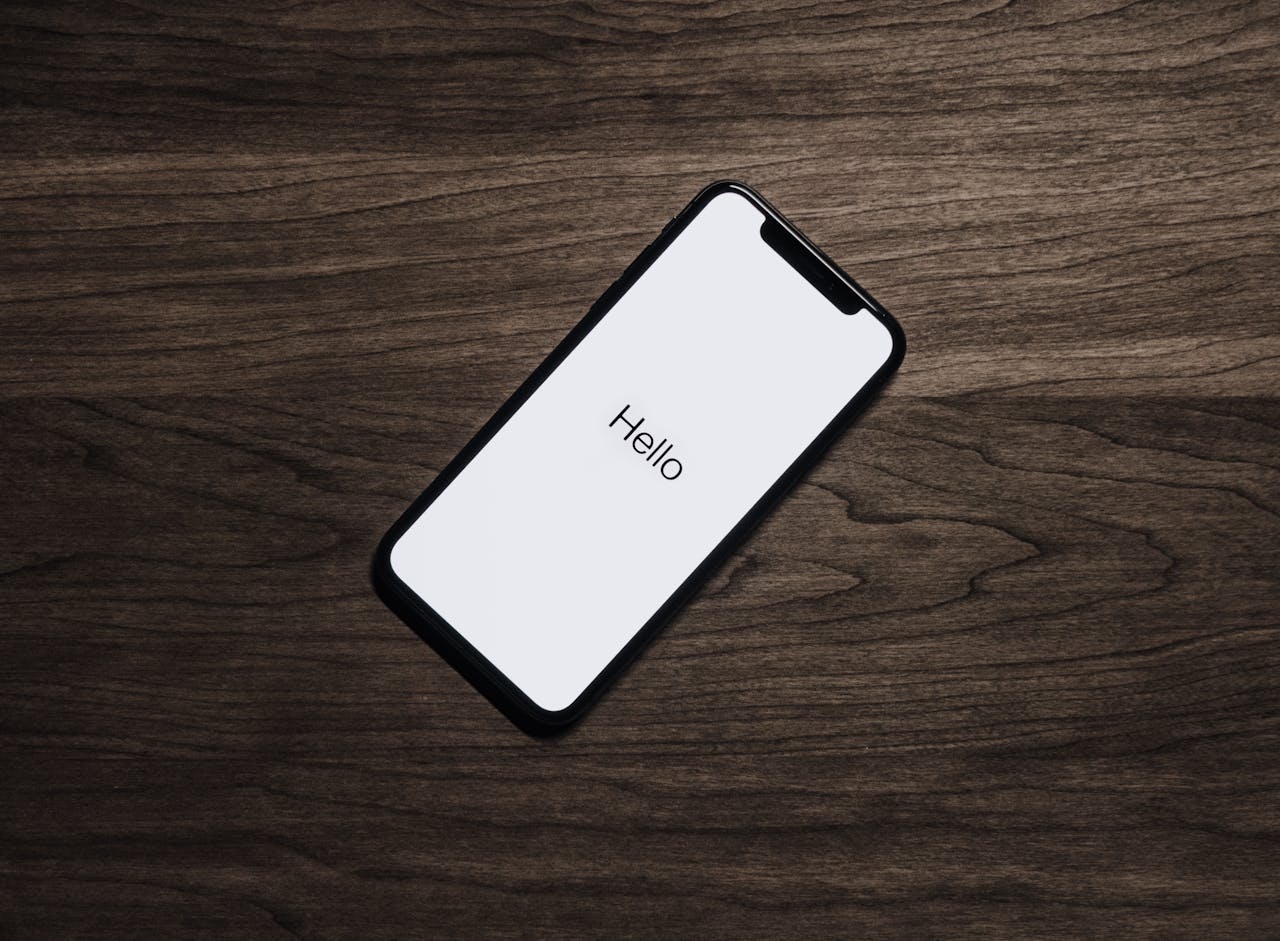
Millennials default to texting for quick questions, links, and plans, then escalate to calls only when needed. Read receipts, emojis, and short paragraphs are considered respectful because they save time and avoid phone tag. Many Boomers still prefer a voice call to judge tone and settle details. Schools, clinics, and delivery services now use text reminders by default, which rewards text-first habits. The clash shows up in group chats, where missed calls feel rude to some and unplanned dials feel pushy to others.
2. Streaming Over Cable
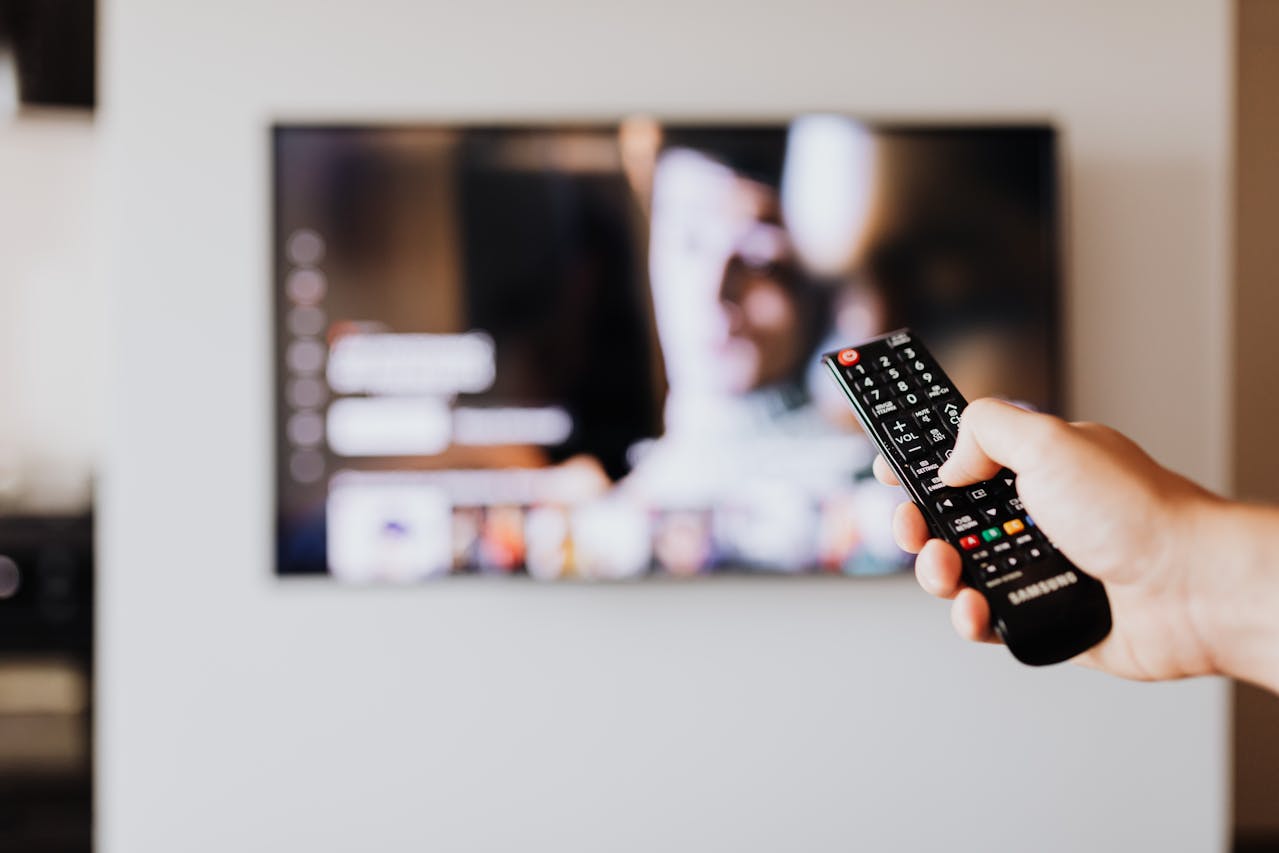
Cord-cutting turned appointment TV into on-demand viewing. Millennials normalized subscriptions, binge releases, and watching on laptops with captions on. Boomers often keep cable for live news, sports packages, and channel-surf familiarity. Remote school years pushed streaming deeper into daily life, and smart TVs made app switching simple. The friction pops up when families share internet bandwidth, negotiate passwords, or argue over which bundle replaces a cable lineup. For teens, streaming-first is standard, but older relatives may still reach for the remote.
3. Cashless, Tap-To-Pay Checkouts
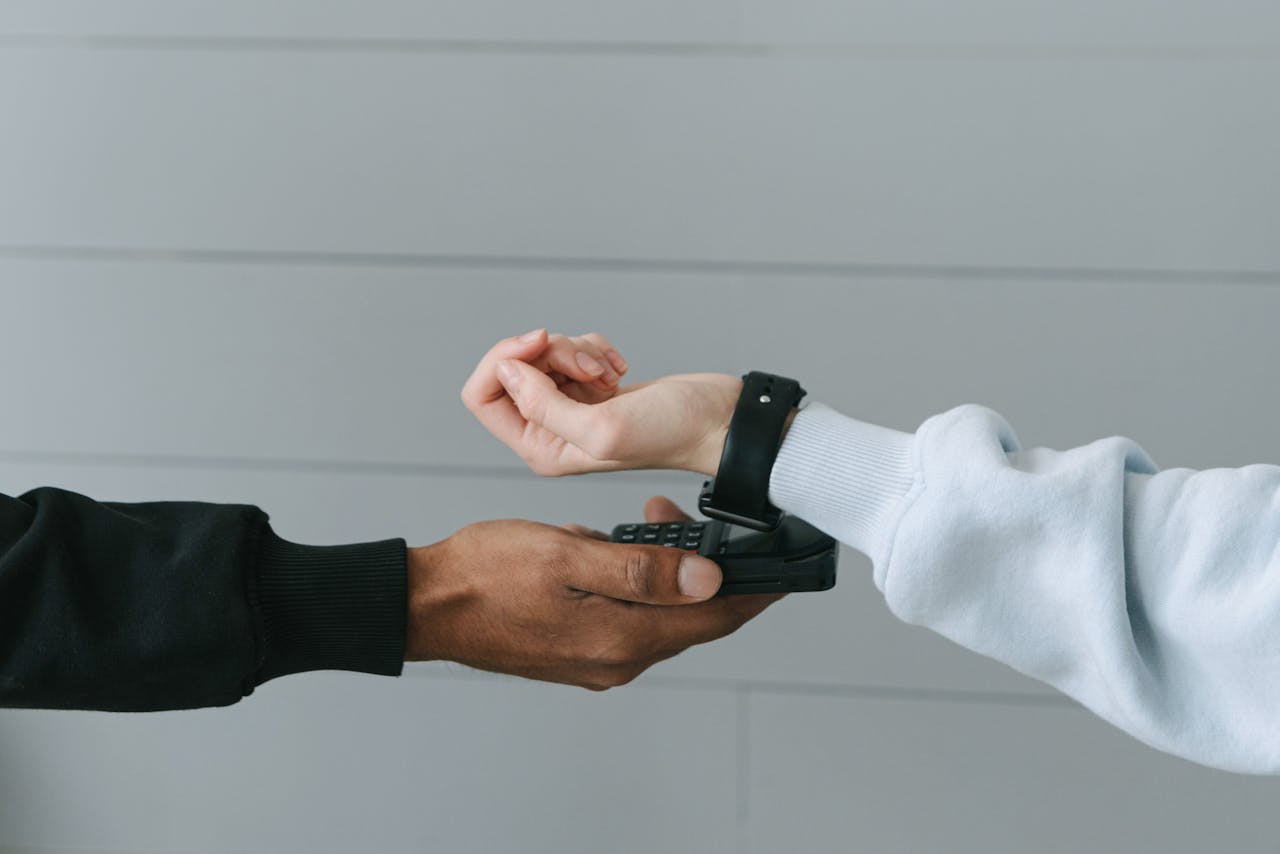
Mobile wallets, online delivery, and tap-to-pay cards made cash feel optional. Millennials adopted QR menus, split bills in apps, and stored receipts digitally. Many Boomers still like cash for tips and checks for large bills because paper feels tangible and trackable. Stores now post card-minimums or go cash-free to speed lines and reduce theft risk, which frustrates cash-first shoppers. Teens see phones as wallets and tickets. Older relatives may worry about fees, fraud alerts, and what happens when a battery dies.
4. Remote Work And Flexible Hours

Millennials helped normalize working from a spare bedroom, a co-working desk, or a tucked-away coffee shop corner. Results matter more than desk time, and mid-day errands are balanced by evening catch-up. Many Boomers value office presence, hallway talk, and clear start-stop hours. Some employers now use hybrid schedules and camera-off meetings to protect focus time. Teens watching this learn that careers can be location-flexible, yet not every job fits the model. The presence-versus-output debate still divides family advice about “real work.”
5. Mental-Health Openness And Therapy

Millennials popularized saying “I see a therapist,” discussing burnout, and checking in with friends about mood, not just grades. Schools promote 988, campus counseling, and mental-health days, which lowers stigma for teens. Some Boomers were taught to keep feelings private and worry that public sharing hurts reputations. The middle ground is practical: learn basic stress signs, keep support numbers handy, and treat therapy like routine healthcare. Talking early prevents crises, which is why many youth programs teach coping skills alongside academics.
6. Tattoos, Piercings, And Professionalism

Visible ink and piercings shifted from weekend-only to workplace-acceptable in many industries. Millennials argued that skill, punctuality, and kindness matter more than sleeves or a nose stud. Many Boomers still read body art as unprofessional, remembering stricter dress codes and customer expectations. Company handbooks have slowly moved toward appearance-neutral policies that focus on safety, cleanliness, and role-specific gear. Teens entering jobs can check the handbook, choose removable jewelry for interviews, and expect fewer blanket bans than their grandparents faced.
7. Plant-Based Swaps And Ingredient Transparency

Almond milk, oat milk, and meatless Mondays moved from niche to normal, helped by cafeteria labels and allergy-aware menus. Millennials read ingredient lists, ask about sourcing, and try plant-based options for taste, cost, or climate reasons. Some Boomers view these swaps as fads and prefer traditional menus without substitutions. Grocery aisles now stock dairy-free creamers and veggie proteins beside staples, so teens can mix choices without making a big statement. The new norm is flexibility, not one “right” plate.
8. Sustainability, Thrifting, And Repair

Buying secondhand, fixing a zipper, or upcycling a dresser feels smart to many millennials. It saves money, cuts waste, and gives style points for original finds. Some Boomers prefer new-in-box items and factory warranties. Thrift marketplaces and repair cafés make reuse easier, while curbside-textile rules and electronics recycling shape local choices. Teens learn to check a resale app before buying new, to mend small rips, and to swap clothes with friends. The habit blends budget sense with climate-aware values.
9. Inclusive Language And Pronouns

Adding pronouns to email signatures or bios and using gender-neutral words like firefighter or chair made communication more precise and respectful. Many millennials treat this as simple courtesy, similar to learning name pronunciation. Some Boomers find the change unfamiliar or worry about saying the wrong thing. Schools, apps, and HR forms now include pronoun fields, which helps teams avoid assumptions. Teens can model patience, ask what someone prefers, and correct gently, keeping conversations clear without turning every slip into a showdown.
10. Side Hustles And Nonlinear Careers

Millennials normalized earning from tutoring, reselling, coding gigs, or weekend pop-ups alongside a main job. Multiple income streams hedge risk and fund goals like travel or debt payoff. Many Boomers grew up with one employer for decades and see frequent switches as risky. Teens watching cousins and siblings learn that resumes can include projects, certificates, and short contracts. The key is taxes, time management, and setting boundaries so a side gig remains a boost, not a burnout pipeline.
11. Work-Life Boundaries And Using PTO

Answering messages at midnight used to signal commitment. Millennials pushed back, scheduling send times, turning off notifications, and actually using paid time off. Some countries even created right-to-disconnect rules, which influenced company culture worldwide. Many Boomers still respect rapid replies and desk presence. Teens can borrow the healthy parts: set quiet hours, communicate availability, and plan real rest. Boundaries help grades, jobs, and relationships because focus improves when off-hours are truly off and recovery is treated like fuel, not laziness.
12. Digital-First Banking And Investing
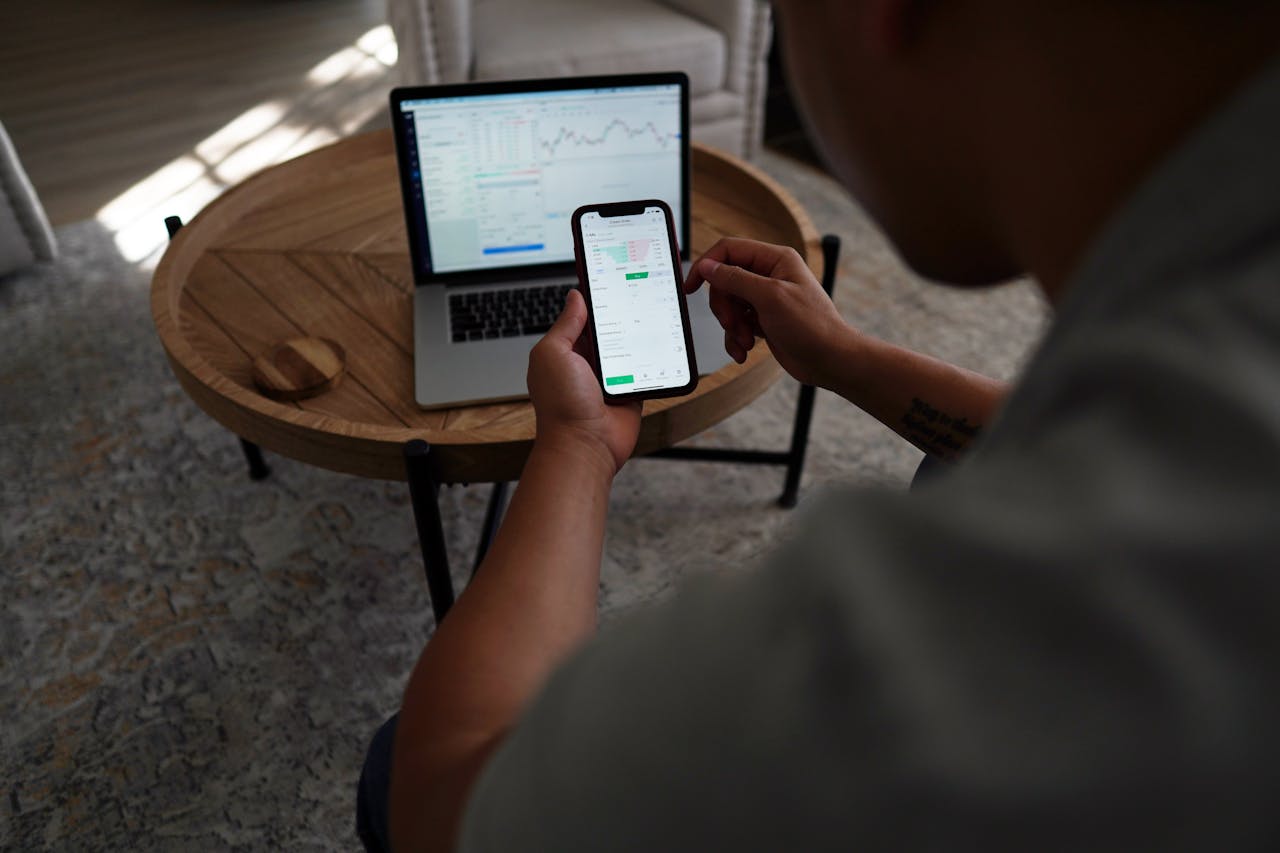
Banking by app, snapping check deposits, and auto-transferring to savings became standard. Millennials tried micro-investing and index funds from their phones, then tracked budgets with alerts. Boomers often trust in-person tellers, paper statements, and certified checks for big moves. Teens should learn both worlds: how to read an online statement, set fraud alerts, and also how to walk into a branch with ID to solve a problem. Digital-first is fast, but knowing old-school steps keeps you safe when tech glitches hit.


